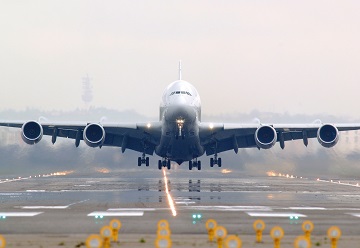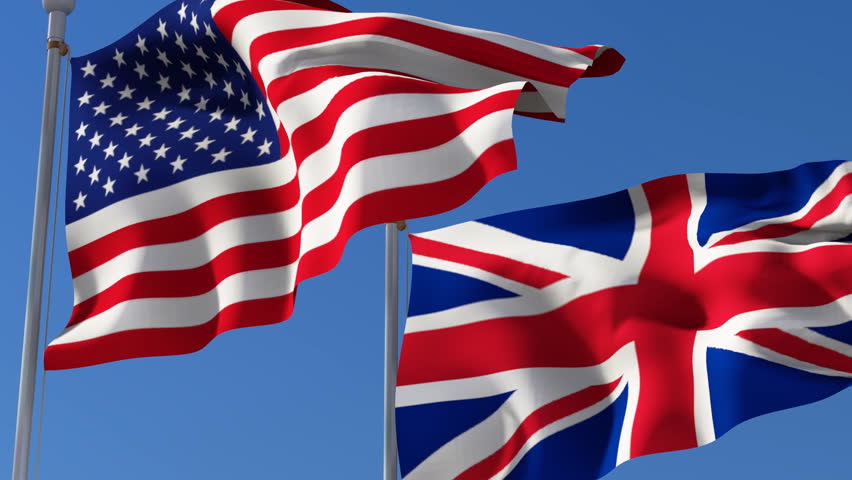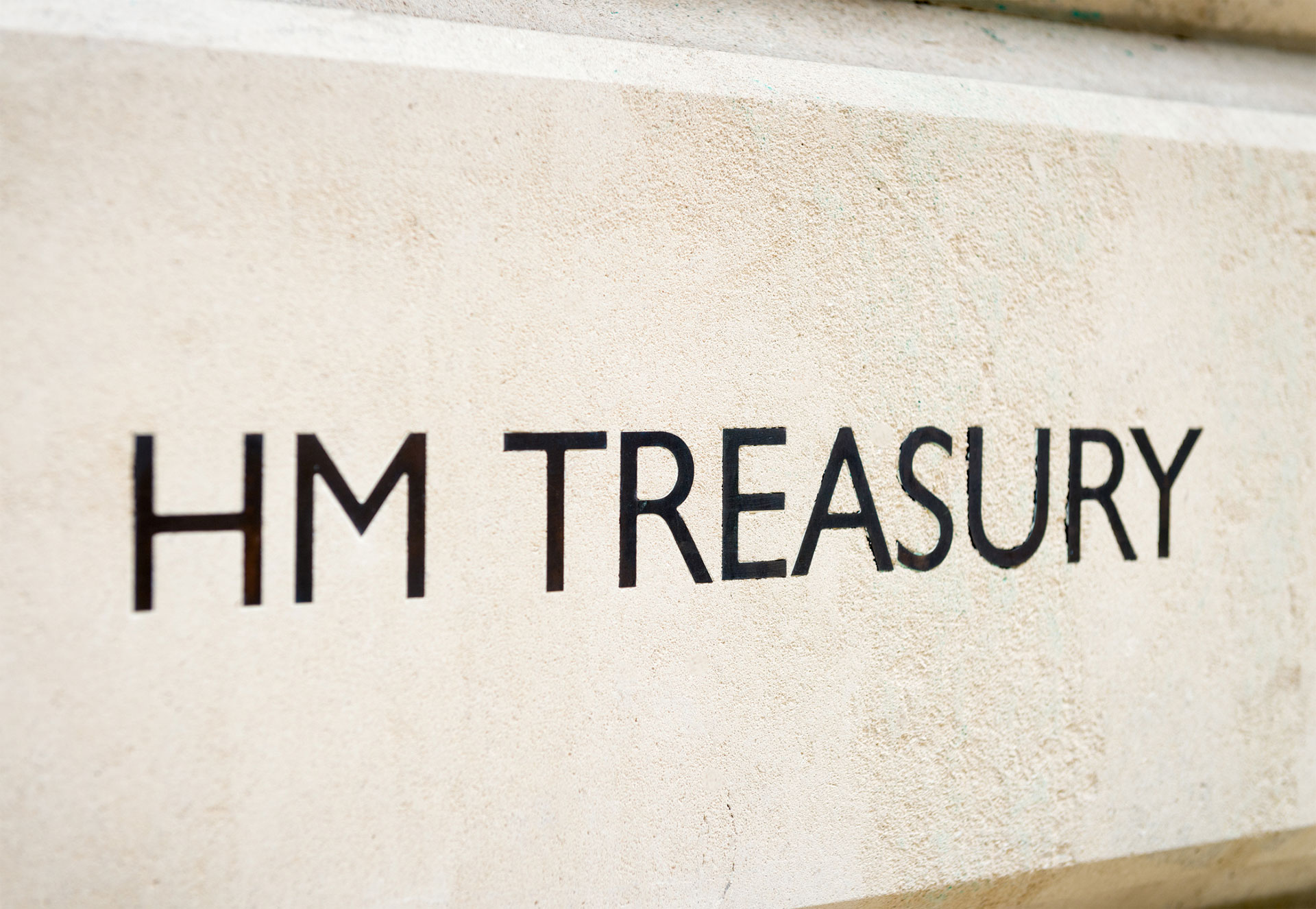
We got there
After a tense and nervy 11 months of negotiations, the UK and EU finalised and published a Trade and Cooperation Agreement on Christmas Eve. Within the agreement is an article on aviation safety (page 240) and a detailed annex covering airworthiness and environment certification (page 786).
What does it entail for aviation safety?
The agreement will help facilitate the recognition of each side’s aviation safety certificates and licenses and the annex covers aerospace design and production in detail.
- Design certification
- This area of the agreement is asymmetrical, at least in the short to medium-term.
- Depending on the significance of changes, repairs and type certificates, a process of validation may be required.
- UK based companies will be exposed to validation processes across a broader spectrum of changes, repairs and type certificates.
- The agreement provides the potential for automatic acceptance by EASA in more areas in the future, once the UK CAA has demonstrated its new capabilities.
- Product certification
- There will be mutual recognition of production approvals, and of the certificates issues by production organisations established in the UK and EU.
- For new categories of products, the production method in one party will need to be approved by the other before they are subject to mutual acceptance.
- Maintenance certification
- The agreement does not include a maintenance annex. UK based companies will need a 3rd country EASA approval in order to serve customers in Europe.
Specialised Committee on Aviation Safety
The agreement is also supported by a governance structure which includes several “specialised committees”. One of these committees has been established to focus solely on aviation safety.
We anticipate this committee to be made up of experts from both sides who will work to ensure the agreement is working satisfactorily. It will also be responsible for the development of future annexes to the agreement on aviation safety.
What’s next?
The UK CAA and EASA will now work to develop the Technical Implementing Procedures (TIP) that will support the airworthiness annex. The TIP will set out the boundaries of what will automatically be accepted, and the validation processes for design certification.
Where to find more detail
While the ADS Brexit Hub is currently being updated, ADS members can access a more detailed summary of the aviation safety aspects of the agreement in the member’s area. The CAA has also updated its Brexit micro-site.





